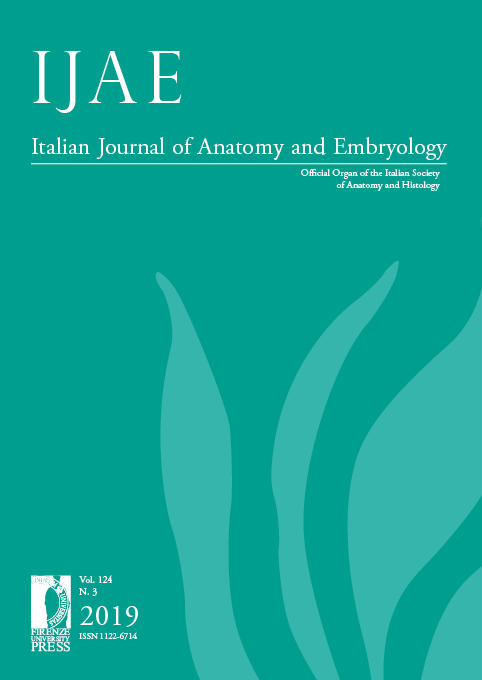Published 2020-05-20
Keywords
- Upper limb perforators,
- Propeller flaps,
- Stillbirth,
- Plastic surgery,
- Injection study
How to Cite
Abstract
Background: Perforator flaps are an excellent reconstructive option for functional upper limb reconstruction. Aim of the work: This study aimed to identify the main anatomical sites, number and length of the main perforators of the upper limb for better surgical reconstruction interventions. Material and methods: The material of this work included twelve fresh stillbirths. Red-colored latex was injected into the abdominal aorta. Dissection was done at the sub-fascial level of the upper limb. Results: Results showed that the most common sites of brachial artery perforators were located at a mean distance of 1.73 ±0.52 cm measured from the tip of the coracoid process. More than one third of ulnar perforators (35%) were located within 40 mm proximal to the pisiform. More than half of the distal forearm radial artery perforators (68%) were located within 22 mm proximal to the distal wrist crease. About (40%) of the posterior interosseous artery were located within 40 mm proximal to the ulnar head. Dorsal metacarpal artery perforators were found in the mid metacarpal region proximal to junctuate tendinae while the proper digital arteries give rise to multiple cutaneous perforators along their course on the sides of each digit. Conclusion: Detailed anatomy of the main perforators of the upper limb concerning its accurate site measured from fixed specific bonny points, number and length of their pedicles are very essential in the success of the different flap techniques. Recommendations: A wide scale of the stillbirth cases may give more standard values as regard the location of the main perforators of the upper limb. A combined adult cadaveric study could be advised to be compared with the main values with those of the stillbirths.


